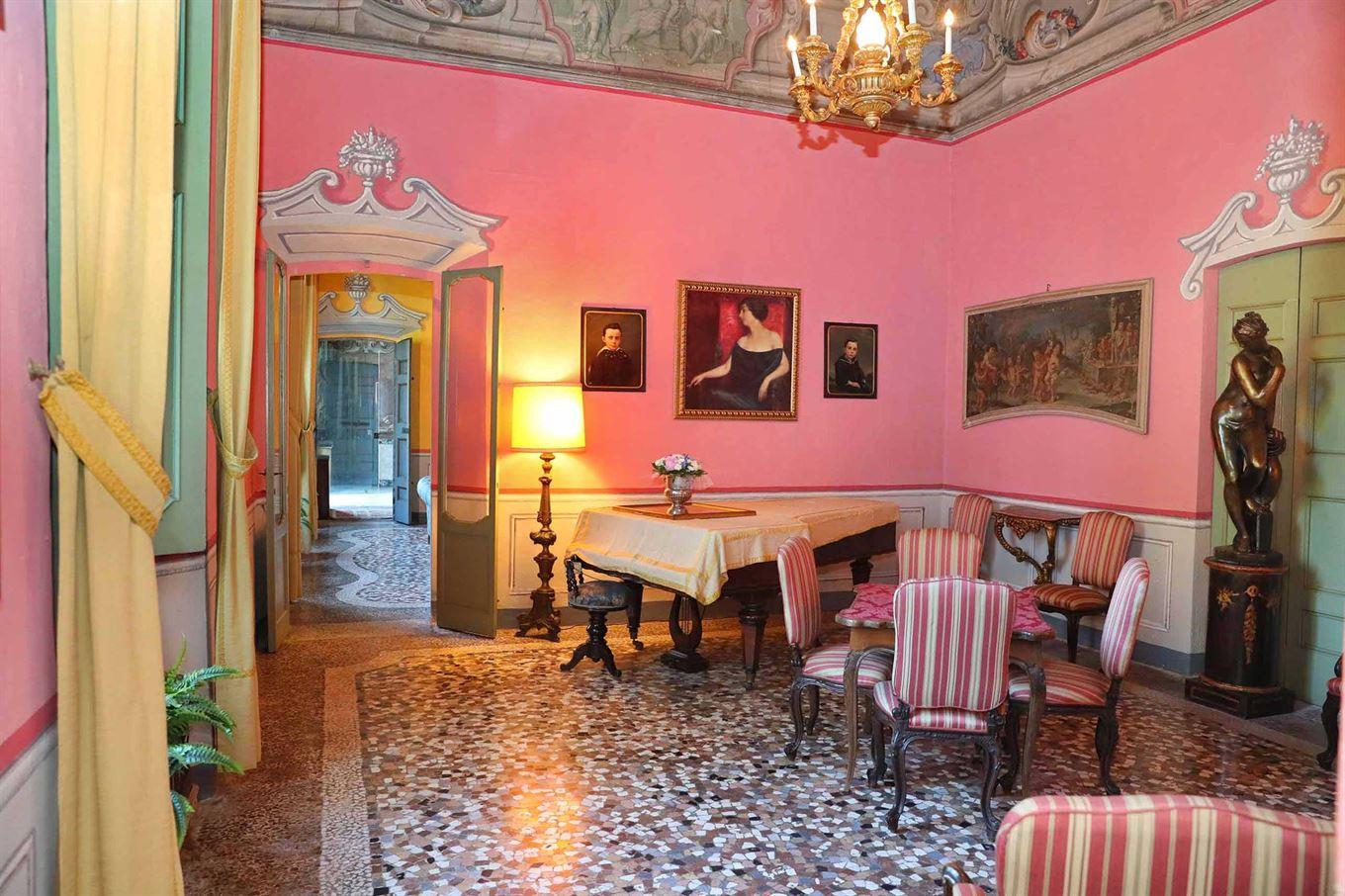History
Expression of the purest Lombard Baroque, Villa Gromo di Ternengo is a private complex of great historical and cultural importance.
Its history dates back to Roman times, and resides in the works of art and in the architectural traces that are still visible today. The layout of the property follows, in fact, the territorial partition in centuries.
From 600 d.C. the ancient hamlet became the fief of the noble Pietrasanta family, who fortified it with two defense towers.
In 1340 Giovannolo Casati, by Filippo Maria Visconti, transformed the fortified village into a villa, which became the nucleus of a vast rural estate, washed by the Naviglio, already made navigable in 1270.
The appearance of the Villa and its structure as they appear today are the result of the restoration work which took place in 1679 when the Regent of Milan, Danese Casati and his nephew, Count Ferdinando Casati, intervened on the Villa giving it the present appearance.
The Villa has always been handed down from generation to generation within the same family until today, and since the death of Ferdinando Casati has repeatedly changed its name because it was brought as the bridal gift of the firstborn daughter, thus joining the patrimony of her husband.
It took the name "Gromo di Ternengo" in 1884, when Marquise Antonietta Negrotto Cambiaso, descendant of the Casati, married Emanuele Gromo Richelmy Earl of Ternengo.

